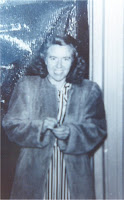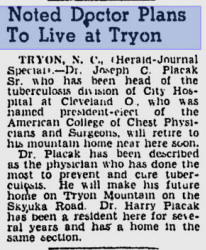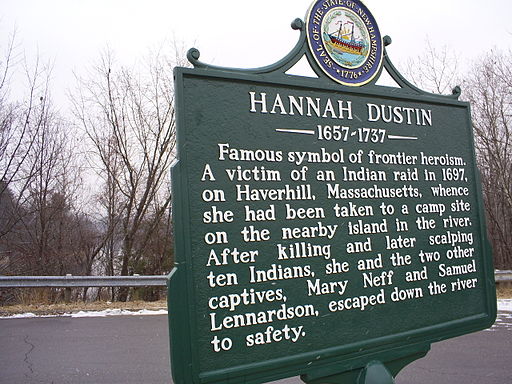 |
| My Great Granddad Albert R Bennett |
She is the daughter of my Great Grandparents, Albert Rudolph Bennett and Mertie Mae Titcomb Bennett. Annie could be my Mom's sister instead of cousin.
 |
| Great Grandma Mertie Mae |
 |
| Annie Bennett Utsler |
Originally all from Maine, they moved to California to seek a better life during Maine's very tough times in the 1920s.
 |
| Dewey Myron |
Although Dewey Myron Dewitt Utsler was the second husband of Great Aunt Annie, I thought his life and that of his son Dewey Rudolph "Jr" Utsler were interesting and decided to share some of my understanding of snippets of their life journeys on this blog.
Dewey Myron was born in Lockport, PA in 1898, so he was much older than Annie who was born in 1914. At age 19 (or so he stated...as many young men accelerated their ages in order to join the fight in WWI), he joined the National Guard; actually he joined on my birth date and month (July 28) but long before I was born - 1917. During WWI he was slightly wounded. Also, mustard gas harmed the valves of his heart for the rest of his life.
His blessing came though when he found his long lost half brother, John E. Utsler who was also serving in this war. Both were from Ohio - not far from one another, but it took a war to bring them together. A wonder in life!
 |
| Dewey Myron Utsler |


Great Aunt Annie married Dewey Myron when she was just a young teenager. She and her husband, and her brother Norman Erwin Bennett (my great uncle), lived in the mountainous part of California called Springville. My Great Uncle was a bootlegger! He and Dewey produced their moonshine in the mountains and ran it to and from the San Joaquin Valley of California including the Santa Barbara area.
Dewey had a reputation for being a bit of a braggart, and one of his stories was that he could outrun any revenuer. Perhaps it was true, as Norman shared similar tales, including a jail term. This is so interesting to me because my husband's Grandmother Ruth Ridgeway died following an auto accident in which revenuers, chasing bootleggers, struck the car she was in; this happened in the District of Columbia.
All of the Bennetts tended to be short in stature. For example my grandfather Charles Bennett (Annie and Norman's brother) was only 5'1" tall. Evidently the Utsler side was similarly short. Supposedly there evidently is a photo somewhere of him, the shortest man in his unit, standing under the arm of the tallest man in his unit in Europe. I have not seen it.
 Great Aunt Annie and her family, Dewey Myron, Dewey Jr, and daughter Loda, moved to Oregon ultimately. There is a family story that the farm they rented belonged to Ginger Rogers of Fred Astaire and Ginger Rogers fame! Since Ginger did indeed have a farm and ranch in Oregon that she purchased in 1940, this is likely very true. The family memory is that when the Utslers went to pay the rent at her home one day, there was a bearskin rug on the floor which had a red eye and a green eye - must have been Christmas!
Great Aunt Annie and her family, Dewey Myron, Dewey Jr, and daughter Loda, moved to Oregon ultimately. There is a family story that the farm they rented belonged to Ginger Rogers of Fred Astaire and Ginger Rogers fame! Since Ginger did indeed have a farm and ranch in Oregon that she purchased in 1940, this is likely very true. The family memory is that when the Utslers went to pay the rent at her home one day, there was a bearskin rug on the floor which had a red eye and a green eye - must have been Christmas!Dewey Jr was playing on some logs in an Oregon lumber yard, slipped, and fell in the pond. Dewey Myron rushed to save him, and did. Either at that event, or soon thereafter, Dewey Myron suffered a heart attack and died.
Great Aunt Annie returned to California for a bit and then went back to Oregon to her children.









